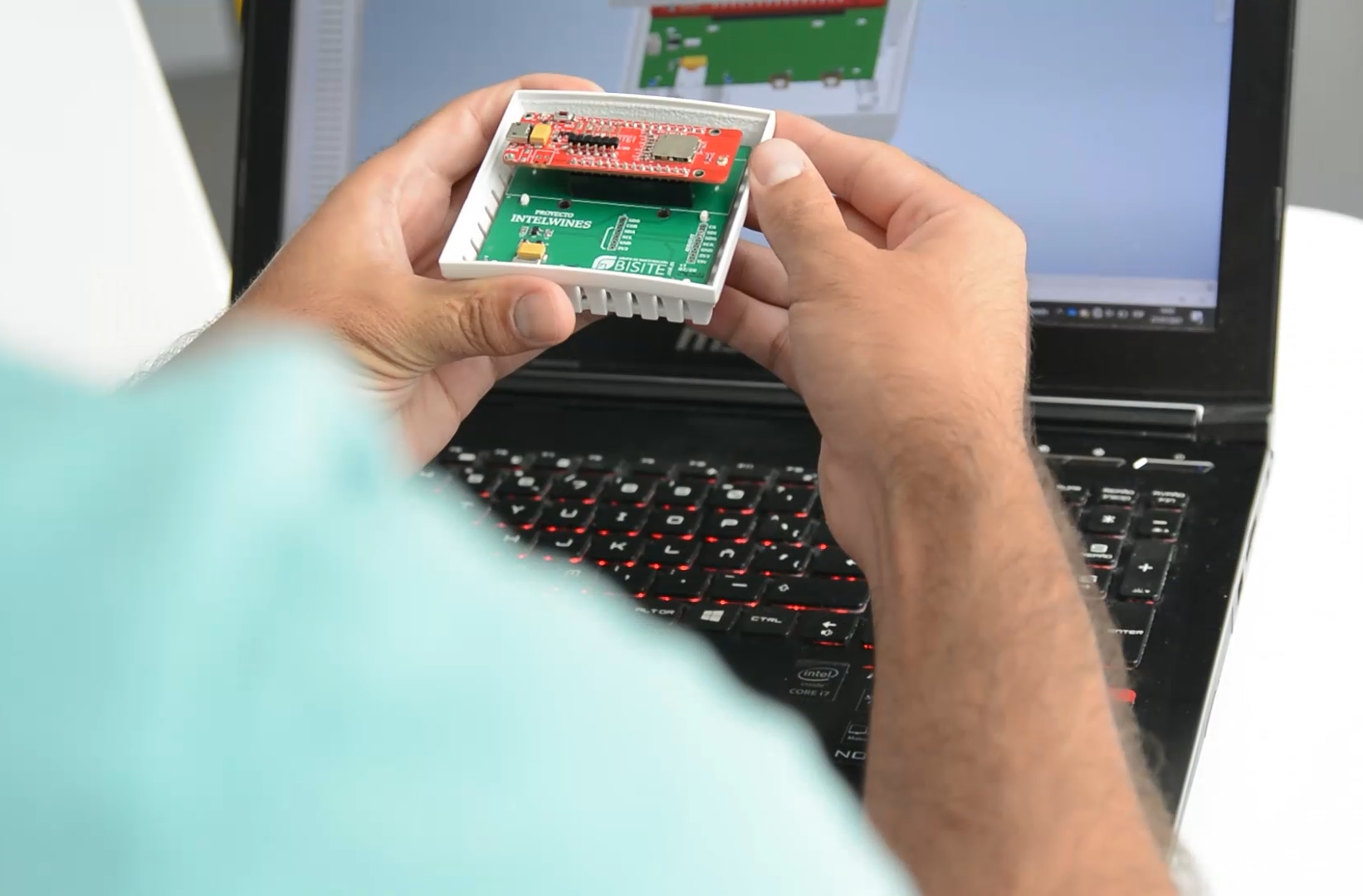3D printing or additive manufacturing encompasses a set of manufacturing technologies for the creation of three-dimensional objects by building up layers of a given material, on the basis of the cross-sections of a 3D model.
In 1976, the first construction equipment and materials for 3D printing were developed. And the first 3D printing SLA (stereolithography) type machine was developed in 1992 by the 3d Systems company.
However, since its invention, 3D printing has evolved at a tremendous pace. It' s got an increasing number of functionalities, it is much faster and adapted to today's society. So much so, that over the last year its application has been decisive in combating the worst moments of the pandemic, with the manufacture of protective screens and other materials for use in healthcare.
Areas of application of 3D printing
3D printing is here to stay. It has penetrated a wide range of sectors, including gastronomy, education, healthcare and real estate. Thanks to additive manufacturing, foods can be given new shapes and flavours, and they can improve human and environmental health. In a few years, it will probably become the most widely used alternative for food production.
The global 3D construction market is expected to reach US$114.4 million by 2023, being one of the most favored sectors, since it reduces construction time, makes better use of materials and reduces costs considerably.

The use of additive manufacturing technologies in engineering has led to improved prototyping capabilities, reduced manufacturing time and improved quality. As a result, companies can afford to launch new products much faster and tailor them to the customer's needs.
3D printing expertise is on the rise, offering endless opportunities for those who choose to pursue a career in this area. Taking into account the importance of this technology, the BISITE Research Group of the University of Salamanca has designed a Master's Degree in Technologies Applied to 3D Design and Printing. Students will acquire the skills they need for the development of products and their digitization.




